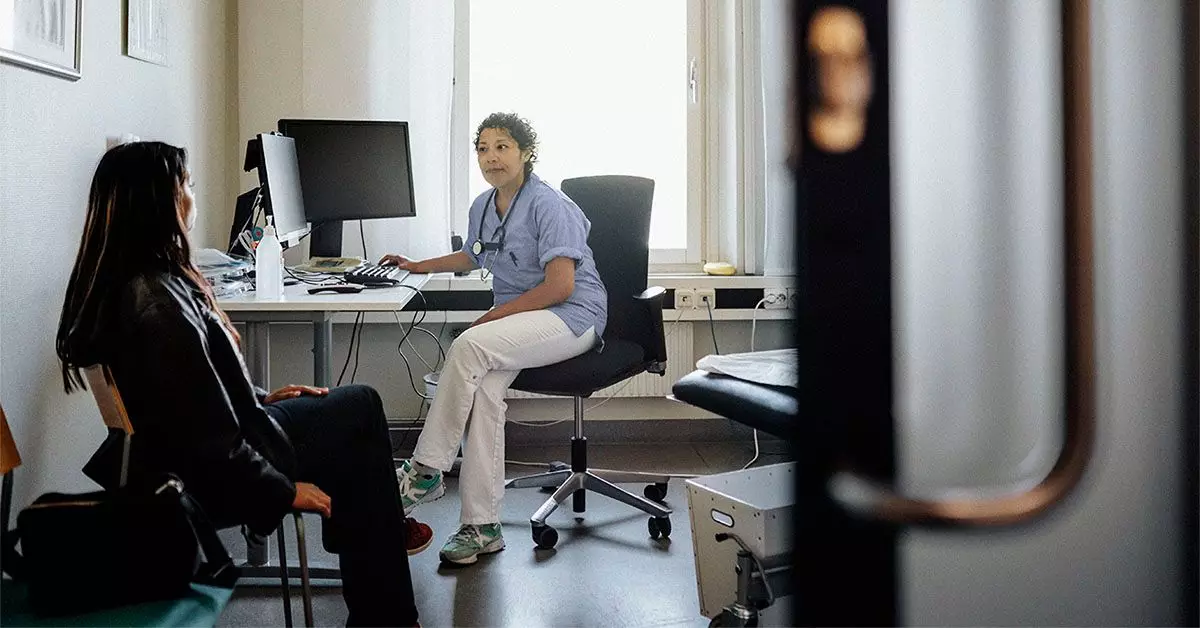Small cell lung cancer (SCLC) is a particularly aggressive form of lung cancer, presenting numerous challenges not only in treatment but also in accurate diagnosis. Given the disease’s tendency to mimic the symptoms of other respiratory conditions and the inherent complexities involved in diagnostic processes, misdiagnosis of SCLC is not uncommon. This article delves into the root causes of misdiagnosis, the associated statistics, and the critical nature of seeking second opinions for patients suspected of having this condition.
Diagnosing SCLC often resembles piecing together a complex puzzle. The disease usually emerges with vague and non-specific symptoms, such as persistent cough, shortness of breath, and chest pain, which are commonly reported in a range of pulmonary diseases. This overlap can lead doctors to initially consider alternative diagnoses, which could ultimately delay necessary treatment.
Compounding the issue, a striking 6.8% of all cancer cases are reportedly misdiagnosed within primary healthcare settings, as found in a 2019 study. While it’s uncertain how many of these misdiagnoses pertain specifically to SCLC, the probability that lung cancers go undetected or misidentified remains substantial.
Medical imaging plays a pivotal role in diagnosing SCLC, yet it is fraught with potential pitfalls. A 2017 study suggests that up to 90% of lung cancer misdiagnoses occur due to errors in interpreting chest radiographs. Such errors can result from a variety of factors including observer error—where radiologists misinterpret scans due to cognitive biases or fatigue—and technical deficiencies, such as poor image quality or patient positioning during imaging sessions.
These shortcomings underscore the reality that even experienced medical professionals can struggle with recognizing early-stage cancers that do not present clear visual markers. Tumor characteristics, including size and location, may not always be apparent in preliminary scans, hence complicating diagnosis further.
The symptoms of SCLC are often shared with numerous other respiratory ailments, leading to common misdiagnoses. For instance, tuberculosis and pneumonia are frequently considered before SCLC, largely due to the similarity in symptoms such as coughing and difficulty breathing. Though tuberculosis is relatively rare in the United States, the overlap in symptoms can confuse both patients and healthcare providers alike.
Moreover, smoking is a significant risk factor that compounds these diagnostic challenges. Many lung conditions, including chronic obstructive pulmonary disease (COPD), arise from similar causes related to smoking, thus blurring the lines between distinct diseases. Consequently, it is essential for healthcare providers to keep lung cancer on their differential diagnoses list, especially in patients with a smoking history presenting new respiratory symptoms.
When a diagnosis of SCLC is suspected, patients typically undergo rigorous testing, including biopsies, imaging scans, and laboratory analyses. Such comprehensive testing aims to confirm the presence of cancer cells and determine the appropriate course of treatment. However, patients must be proactive and assertive in their healthcare journey.
This assertiveness can extend to seeking second opinions to ensure that the initial diagnosis is accurate. Second opinions not only validate the discovery of SCLC but also help patients gain insights into alternative treatment options that may be explored.
There are various circumstances when a patient might consider garnering a second opinion. For instance, if one feels unsure about their initial diagnosis or if there is ambiguity regarding the cancer type or stage, seeking additional expertise can yield peace of mind and important clarity. Concerns regarding the treatment plan or perceived underestimation of a condition’s severity mandatorily calls for reevaluation.
Healthy dialogue with one’s treating physician is crucial in initiating the pursuit of a second opinion. Patients can inquire if their doctor has recommendations on specialists and clarify insurance coverage to ease the process of obtaining a new evaluation.
SCLC is characterized as an aggressive form of cancer, and while treatment can result in a temporary period of remission, the survival rates remain discouraging. Data from the American Cancer Society indicates that the five-year relative survival rates for SCLC vary significantly based on the stage at diagnosis. Localized SCLC boasts a 30% five-year survival rate, while distant metastasis sees a stark drop to a mere 3%.
Patients, however, should not be discouraged, as continuous improvement in treatment modalities offers a foundation of hope. Advanced chemotherapy and radiation combinations have shown promise in enhancing responses in SCLC patients, marking progress in a historically tricky area.
The misdiagnosis of small cell lung cancer poses significant challenges for patients and healthcare providers alike. Awareness of the shared symptoms between SCLC and other respiratory conditions is vital, as is the understanding that a second opinion can provide invaluable clarity and reassurance. Given the aggressive nature of SCLC, swift and accurate diagnosis, followed by appropriate treatment, is essential. People experiencing relevant symptoms should engage actively with their medical teams and consider their options to ensure optimal health outcomes.

